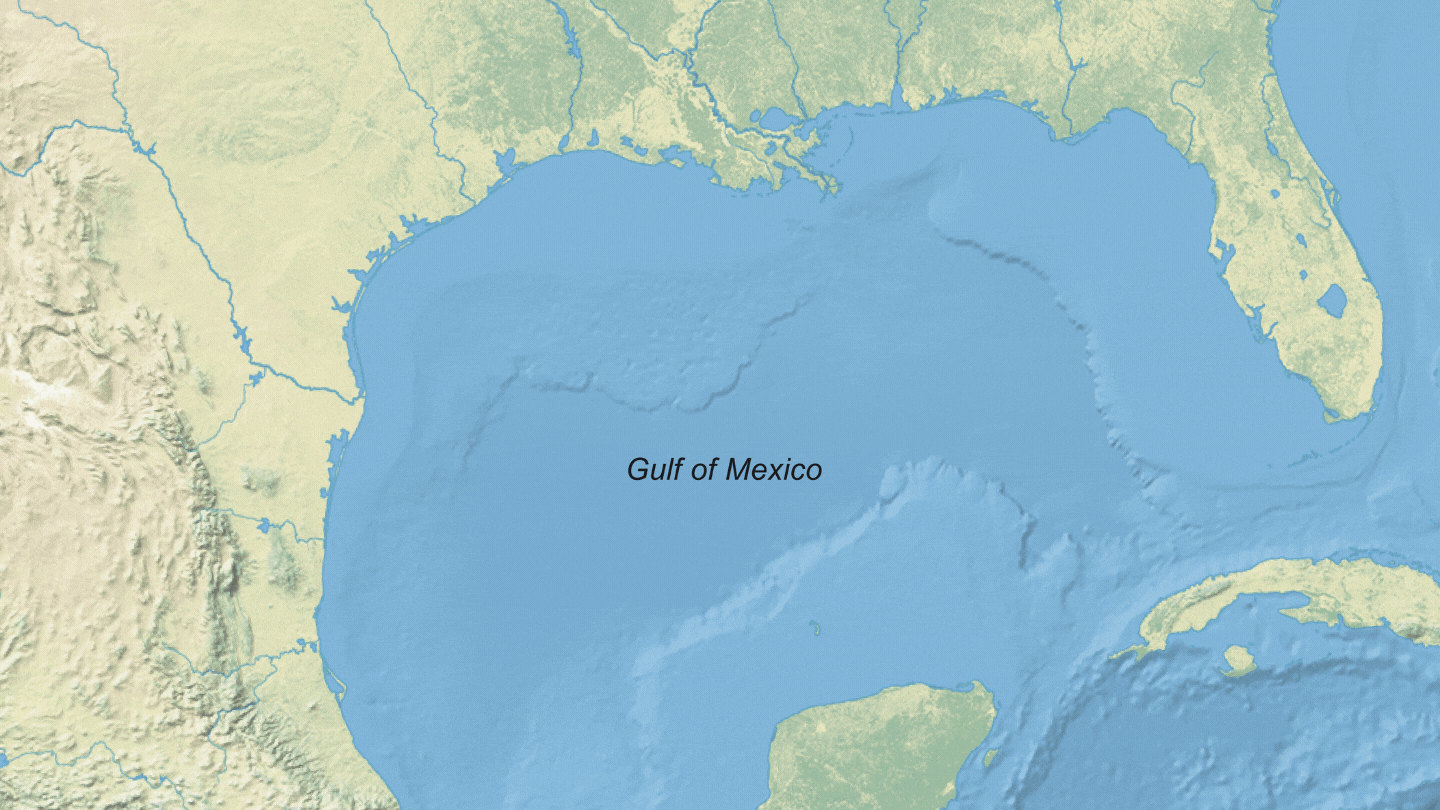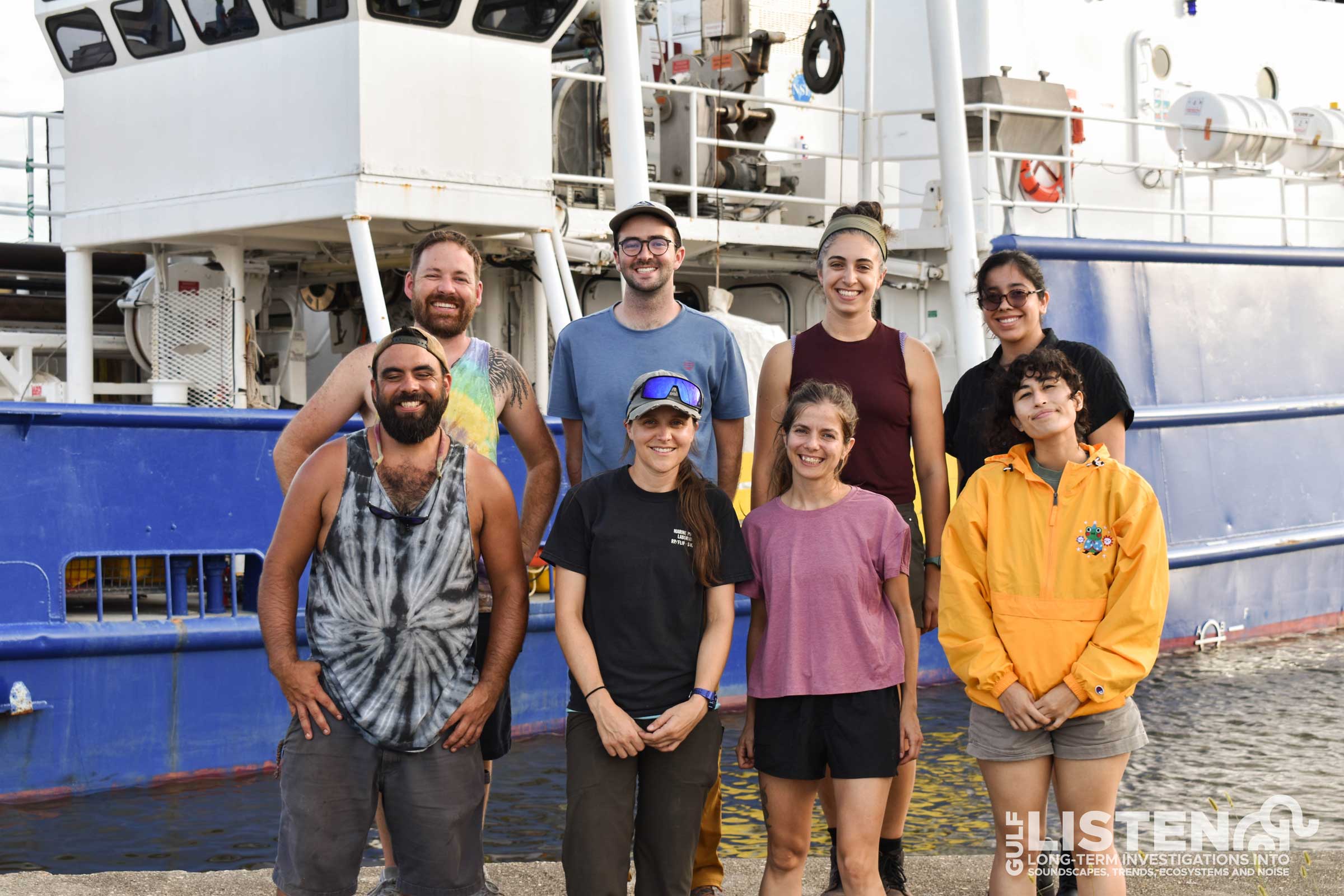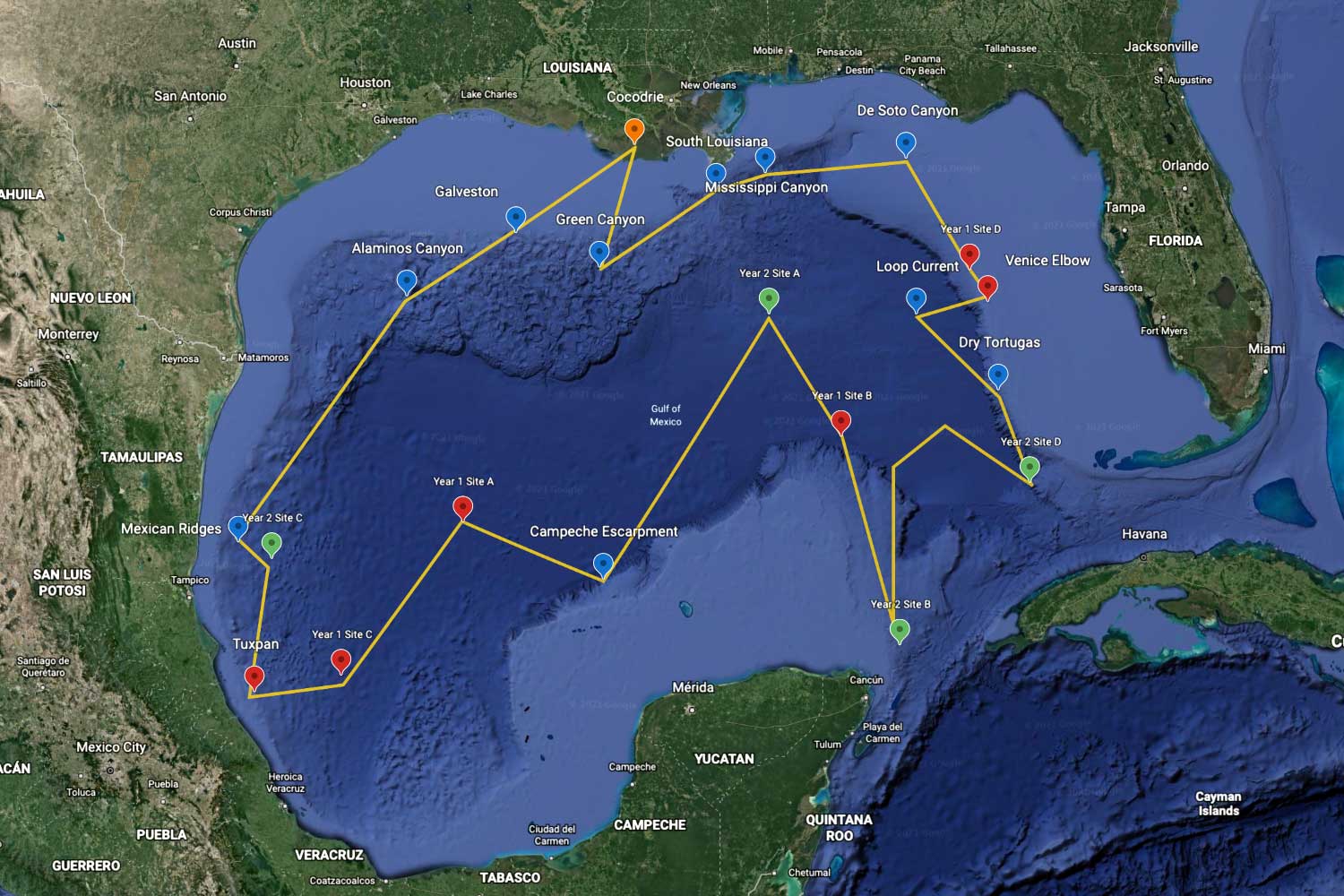Marine mammals use sound to communicate, explore their habitat and find food. Our lab uses sounds we record with our autonomous underwater microphones to identify what marine mammals are present based on the signals they produce. Once we know which species are present, we can learn about their behavior, ecology, and even estimate how many individuals are nearby our sensors.
We use our network of… Read More







